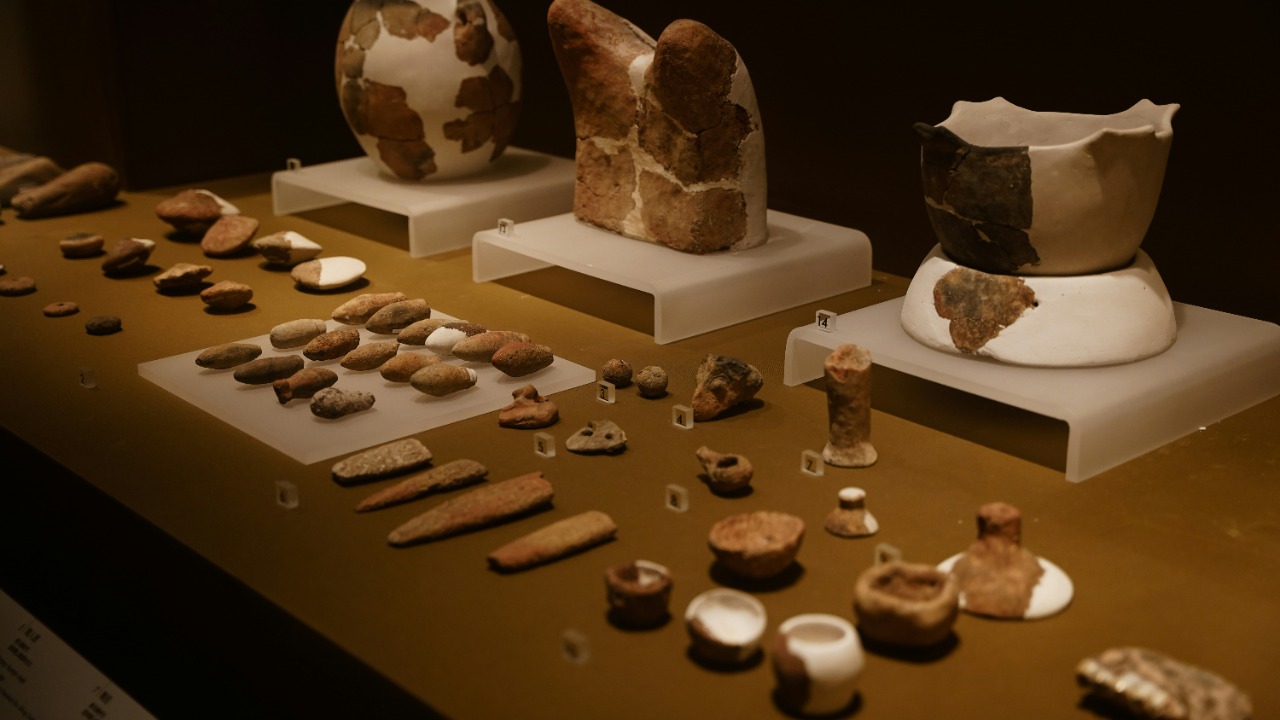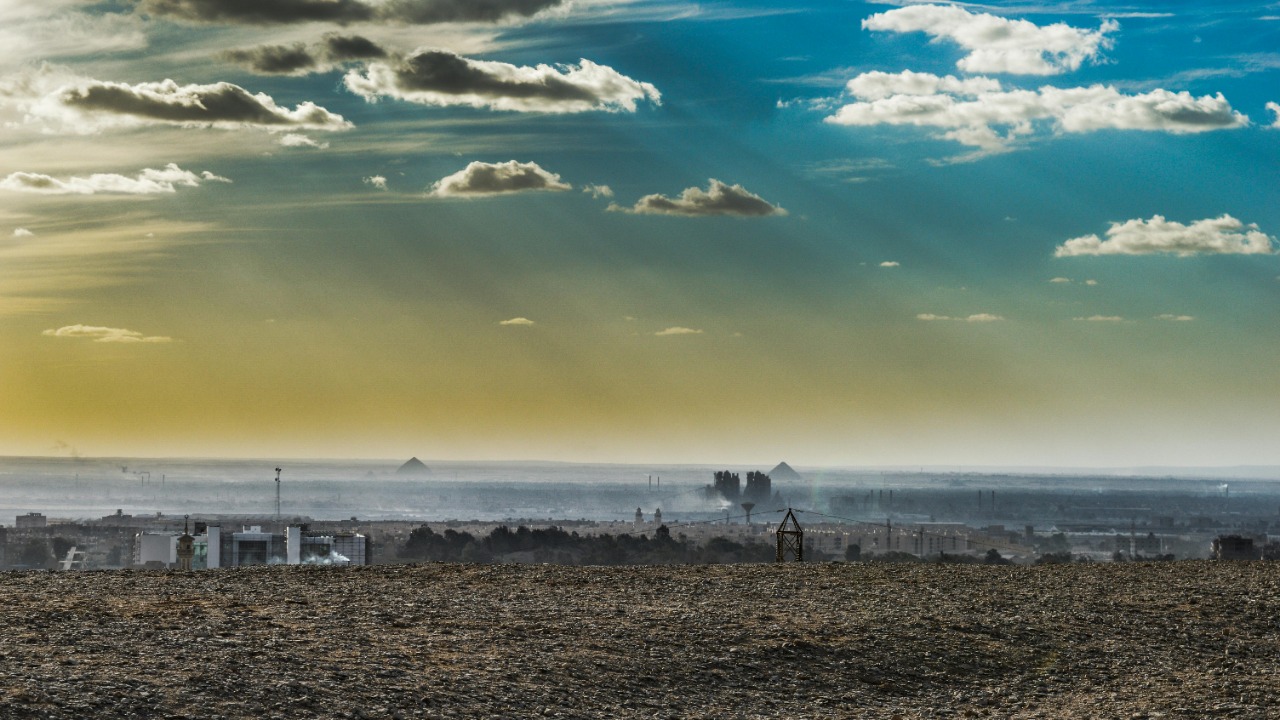
The Bible, one of the most ancient and revered texts, offers intriguing accounts of a world that existed before the Great Flood. While often viewed through a spiritual or historical lens, these narratives may also provide insights into the level of technological advancement that characterized pre-Flood civilizations. By examining the Biblical descriptions and comparing them with recent scientific and archaeological findings, we can explore what the Bible may reveal about pre-Flood technology.
Understanding Biblical Descriptions of Pre-Flood Society

The genealogies and long lifespans detailed in the Bible, particularly in Genesis, suggest a world where knowledge and skills were passed down through many generations. This continuity could imply a stable society with a sophisticated understanding of various fields, ranging from agriculture to metallurgy. The longevity of individuals like Methuselah, who allegedly lived for 969 years, might also indicate an advanced understanding of health and medicine.
Noah’s Ark stands as a testament to the craftsmanship and engineering knowledge of pre-Flood societies. The sheer scale of the Ark, as described in Genesis, suggests advanced construction techniques that would have required precise planning and execution. This account, coupled with recent discoveries at supposed Ark sites, points to a highly capable civilization with the ability to undertake large-scale projects.
Further biblical references to metallurgy, agriculture, and urban development support the notion of a complex pre-Flood society. For instance, Genesis mentions Tubal-cain, a forger of bronze and iron, indicating an early mastery of metalwork. These cultural references paint a picture of a society that was not only technologically proficient but also engaged in sophisticated economic and social systems.
Scientific and Archaeological Corroborations

In recent years, archaeological discoveries have provided tangible evidence supporting the biblical narrative of pre-Flood technology. Excavations at sites believed to be the resting places of Noah’s Ark have unearthed construction techniques that align with the descriptions in Genesis. These findings offer a glimpse into the engineering capabilities of ancient civilizations.
Artifacts such as the Babylonian tablet describing a similar ark narrative further highlight the advanced engineering knowledge of these ancient peoples. The tablet not only corroborates the biblical account but also suggests a shared cultural memory of the Flood across different civilizations, reinforcing the idea of a technologically adept society.
Moreover, archaeological evidence of advanced tools and artifacts unearthed from regions associated with pre-Flood civilizations aligns with biblical accounts. These findings suggest that pre-Flood societies possessed a level of technological sophistication that enabled them to craft intricate tools and structures, further corroborating the possibility of an advanced technological era.
Comparative Analysis with Other Ancient Cultures

Comparing biblical accounts with technological advancements from neighboring ancient cultures like the Sumerians and Mesopotamians reveals intriguing parallels. These civilizations were known for their innovations in writing, metallurgy, and city-building, which resonate with the technological capabilities described in the Bible. The development of cuneiform writing and sophisticated urban centers in Mesopotamia underscores the broader technological context of the ancient world.
The presence of flood myths across various cultures might reflect a shared historical memory of a technologically advanced pre-Flood era. From the Epic of Gilgamesh to the Hindu legend of Manu, these narratives often include elements of advanced technology and engineering, suggesting that the memory of such a civilization persisted across different societies.
Geological and archaeological evidence also supports the existence of advanced civilizations that could have been lost due to the Flood. This evidence includes submerged structures and artifacts that hint at the presence of technologically advanced societies, adding credence to the biblical accounts of a world dramatically altered by cataclysmic events.
Technological Implications of Biblical Narratives

The architectural feats mentioned in the Bible, such as the Tower of Babel, offer insights into pre-Flood engineering skills. The Tower’s construction, described as reaching the heavens, indicates not only advanced architectural knowledge but also a profound understanding of materials and structural integrity.
Biblical stories also imply a sophisticated development of language and communication technologies before the Flood. The confusion of languages at the Tower of Babel suggests a society with a complex linguistic system, reflecting an advanced level of communication and cultural exchange.
References to agriculture and metallurgy in the Bible further underscore the technological prowess of pre-Flood societies. The cultivation of crops and the forging of metals suggest a deep understanding of resource management, enabling these civilizations to thrive in diverse environments. These narratives emphasize the potential for a highly developed technological base that underpinned pre-Flood societies.
Modern Interpretations and Theories

Theories abound regarding the existence of lost technologies advanced for their time, as implied by biblical narratives. Some researchers propose that pre-Flood societies possessed knowledge and tools that were lost in the aftermath of the Flood, leaving behind only echoes in ancient texts and myths.
Religious beliefs and historical interpretations play a significant role in shaping our understanding of pre-Flood technology. While some view the biblical accounts as allegorical, others consider them as historical records that offer genuine insights into ancient technological capabilities.
Modern technology and scientific methods hold the potential to further uncover the mysteries of pre-Flood technological advancements described in the Bible. As archaeological techniques evolve, the hope remains that more evidence will emerge to illuminate these ancient civilizations, providing a clearer picture of their technological achievements.